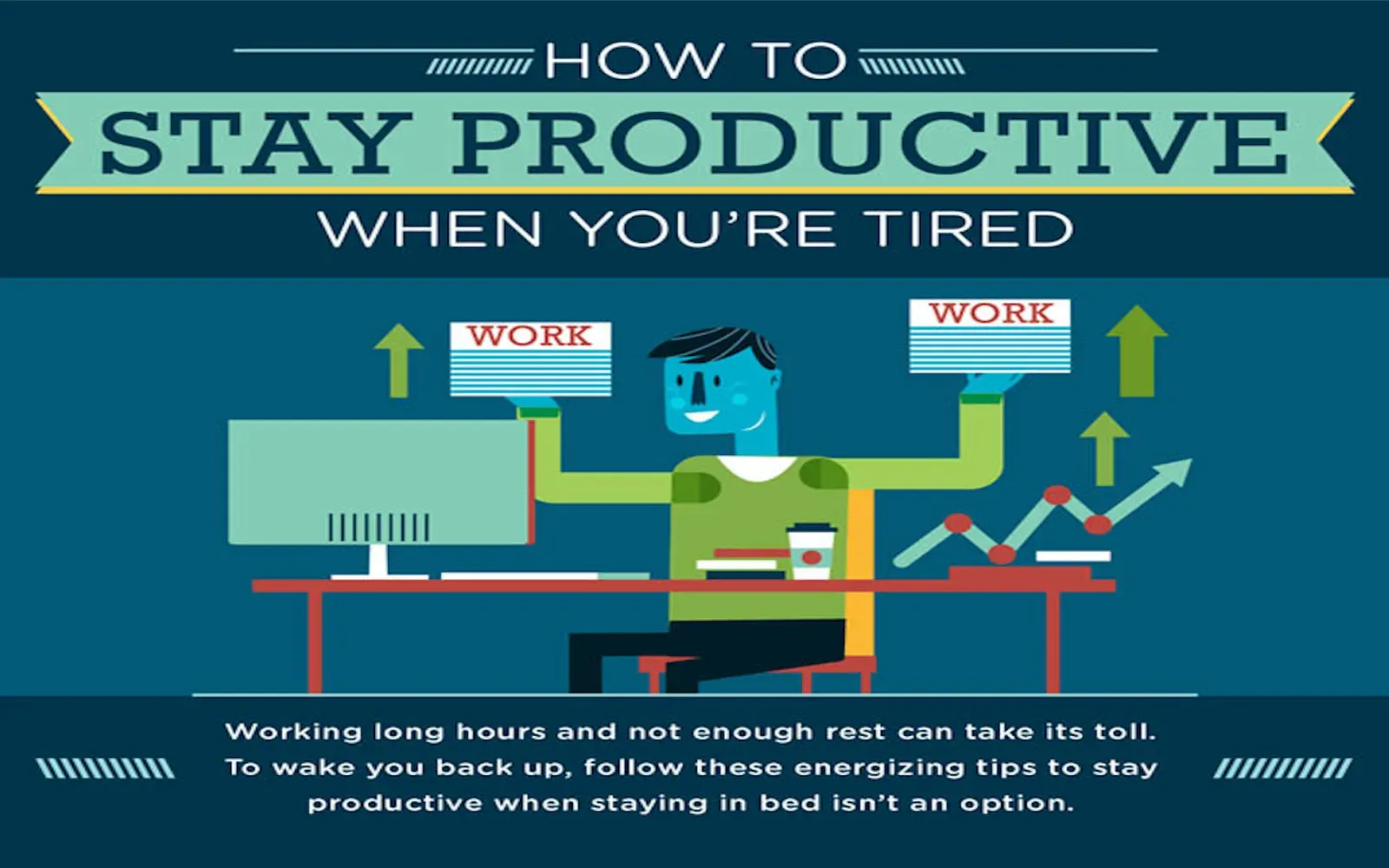When the power goes out, it can be frustrating and disruptive, especially if you rely on electronic devices for work and productivity. However, there are several strategies you can implement to stay productive even in the absence of electricity. Below, we’ll explore some effective methods to maintain your workflow during power outages.
1. Prepare in Advance
The key to staying productive during a power outage is ''preparation''. Here are a few steps you can take to ensure you’re ready:
- Keep a ''backup battery'' or portable charger for your devices.
- Invest in a good quality ''flashlight'' or ''headlamp'' for lighting.
- Have a stock of ''paper'', pens, and other non-electronic tools readily available.
2. Create a Backup Plan
Having a solid backup plan is essential. Consider the following elements:
| Backup Plan Element | Description |
|---|---|
| Designate a Workspace | Choose a spot in your home that is conducive to work, even without power. |
| Alternative Activities | List tasks that can be done offline, such as writing, reading, or organizing. |
| Communication | Ensure your mobile phone is charged and consider using text or social media to stay connected. |
3. Utilize Non-Electric Tools
When the lights go out, switch to ''non-electric tools'' to keep your productivity up:
- ''Notebooks'' and ''journals'' can be beneficial for brainstorming or jotting down ideas.
- Use ''whiteboards'' for visual planning and organizing thoughts.
- ''Printed materials'' such as books or manuals can serve as resources when you can't access online content.
4. Focus on Offline Tasks
Power outages can be a great opportunity to tackle tasks that don’t require electricity:
- ''Organizing files'': Sort through paperwork, declutter your workspace, and organize your documents.
- ''Creative brainstorming'': Use this time to think creatively about projects or strategies without distractions.
- ''Reading'': Catch up on books, articles, or reports that you’ve been meaning to read.
5. Stay Positive and Flexible
When power outages occur, it's crucial to maintain a positive attitude. Flexibility is key to adapting your workflow:
- Accept that disruptions happen and be ready to pivot your focus.
- Engage in alternative activities that can still contribute to your personal or professional development.
- Practice relaxation techniques to reduce stress, which can help you stay productive even in challenging circumstances.
6. Leverage Natural Light
Utilizing ''natural light'' can help maintain productivity levels during the daytime. Here are some tips:
- Open curtains or blinds to maximize the amount of light in your workspace.
- Position your workspace near windows if possible.
- Use reflective surfaces to enhance the brightness in your area.
7. Stay Connected
Even without power, staying connected is vital for ''team collaboration'':
- Use your mobile phone’s data to communicate with team members or clients.
- Consider setting up a group chat or alternative communication platform to keep in touch.
- Plan for future outages by discussing remote work protocols with your team.
8. Embrace the Break
Finally, view power outages as an opportunity to take a break and recharge yourself:
- Take a walk or spend time outside to clear your mind.
- Engage in hobbies like drawing, writing, or playing an instrument.
- Use this time to reflect on your goals and plan for future projects.
Conclusion
Staying productive during a power outage requires a mix of ''preparation'', ''flexibility'', and a positive mindset. By keeping a few non-electric tools handy, creating a backup plan, and focusing on offline tasks, you can turn an inconvenient situation into a productive day. Remember, power outages are temporary, but your adaptability can lead to lasting productivity gains. Embrace the challenge, and you’ll find that you can remain effective, regardless of the circumstances.





